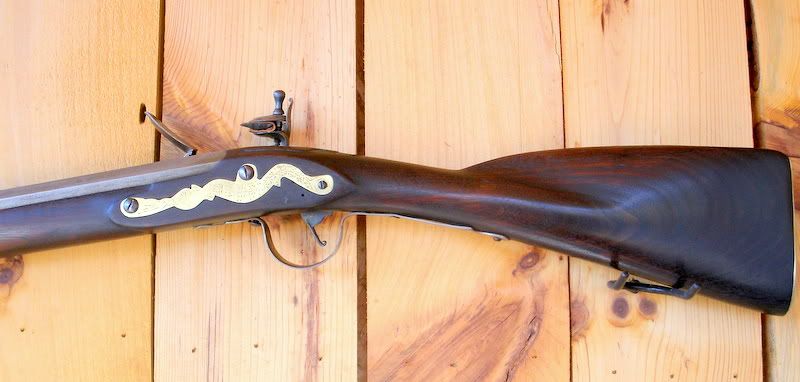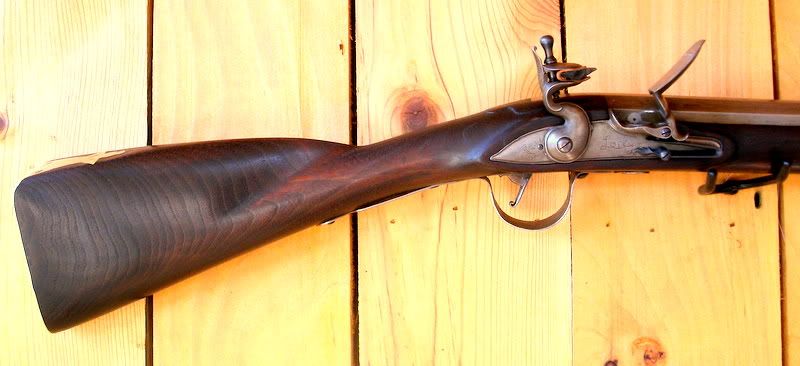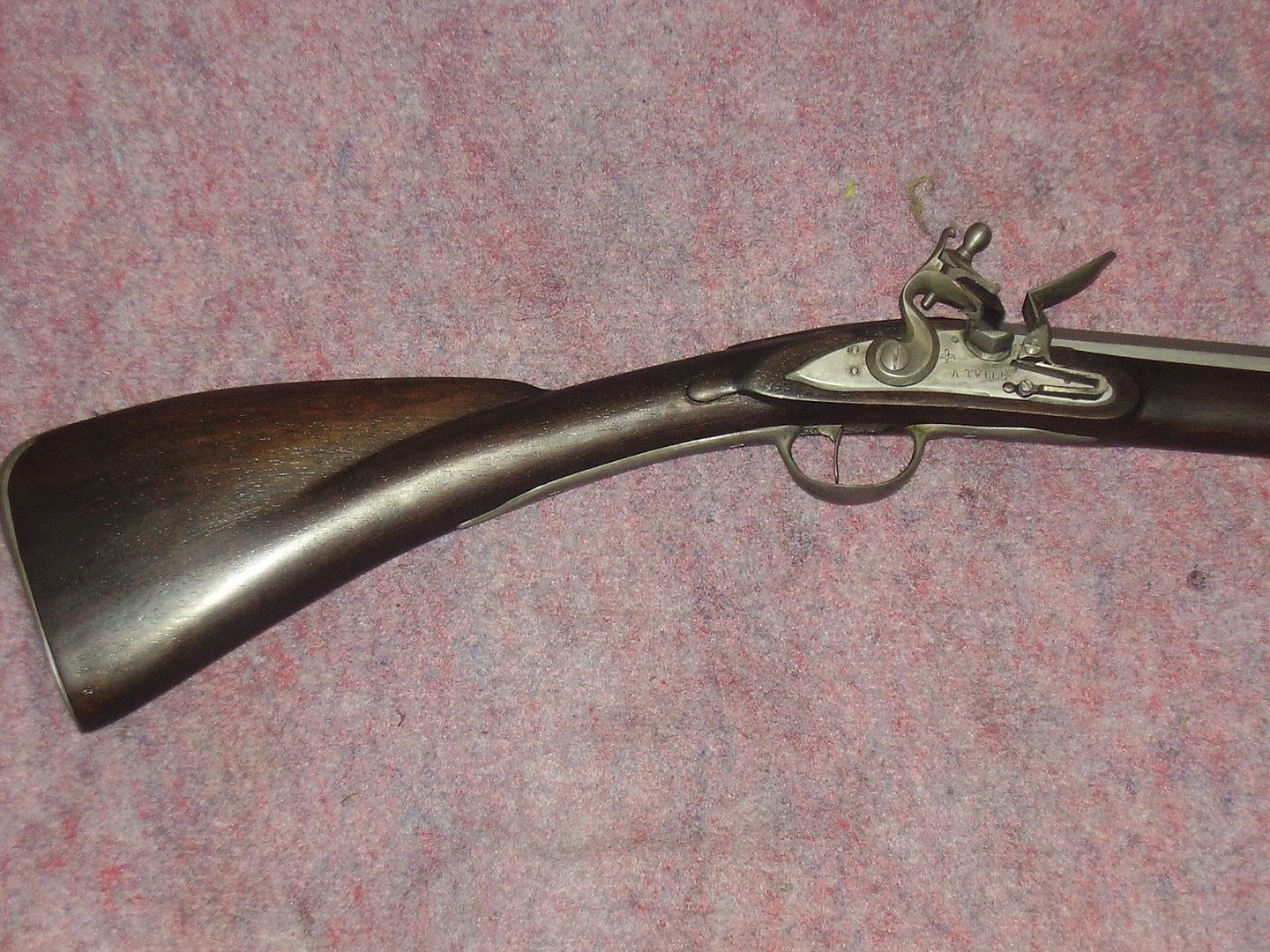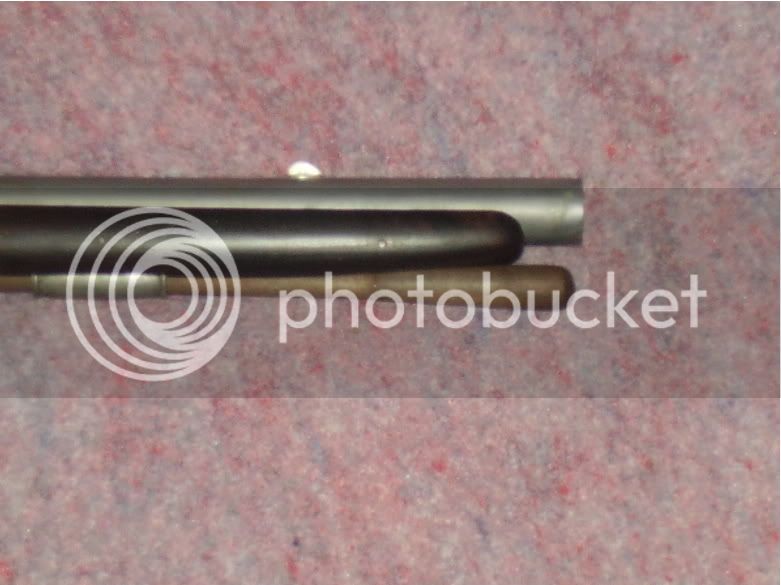Bob H said:
Should the grain be filled with Birchwood Casey filler and then stained? Any way to prevent chipping while carving?
NEVER USE A FILLER BEFORE STAINING.
Fillers will seal the grain and once even partially sealed the wood will not absorb the stain like it should.
As was mentioned, lightly sanding an open grained wood like Walnut with the grain after applying a sealer will fill the open grain pockets nicely and because the wood that is filling the open grain pockets is from the same piece of wood it will exactly match the surface of the stock.
Different folks want different looks so they may disagree with me but I never promote staining walnut unless the wood has some blond heartwood showing. In that case some alcohol based Walnut Stain will help to blend in the blond wood.













